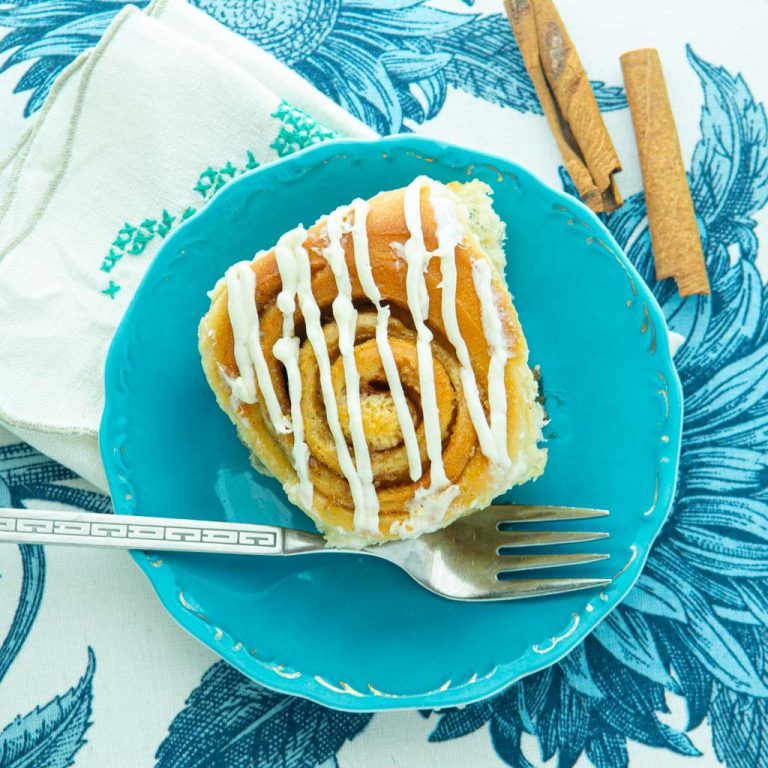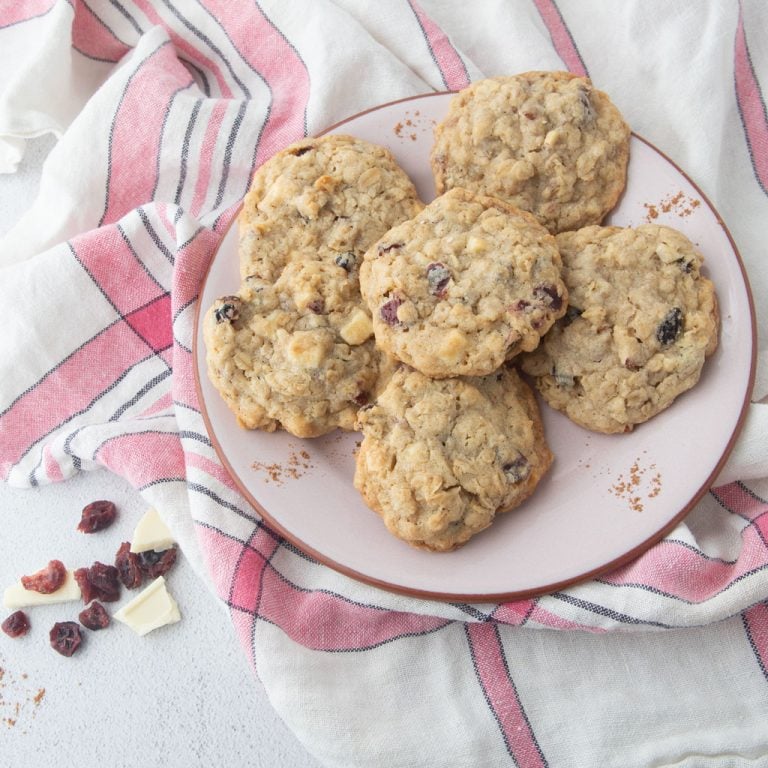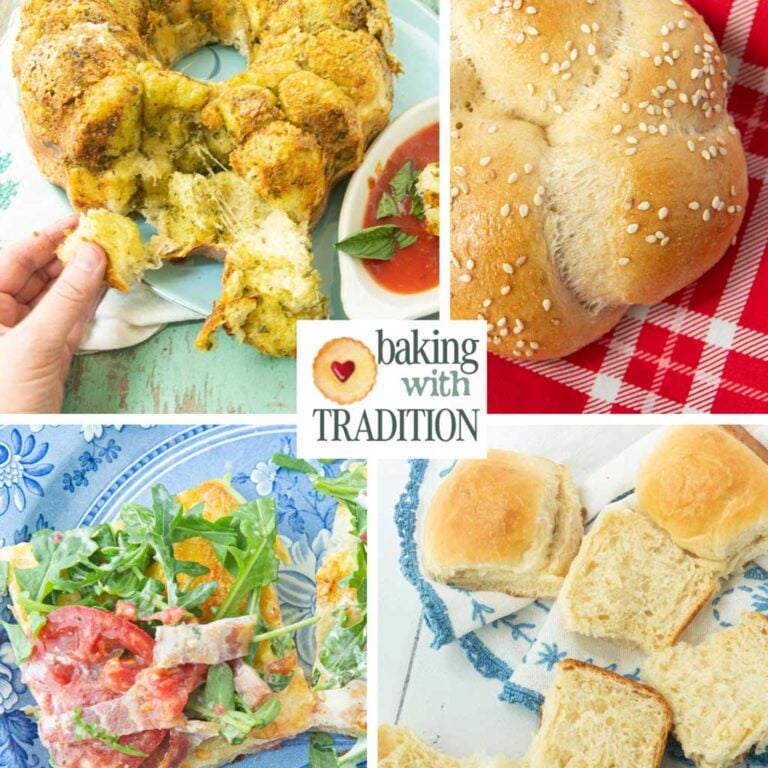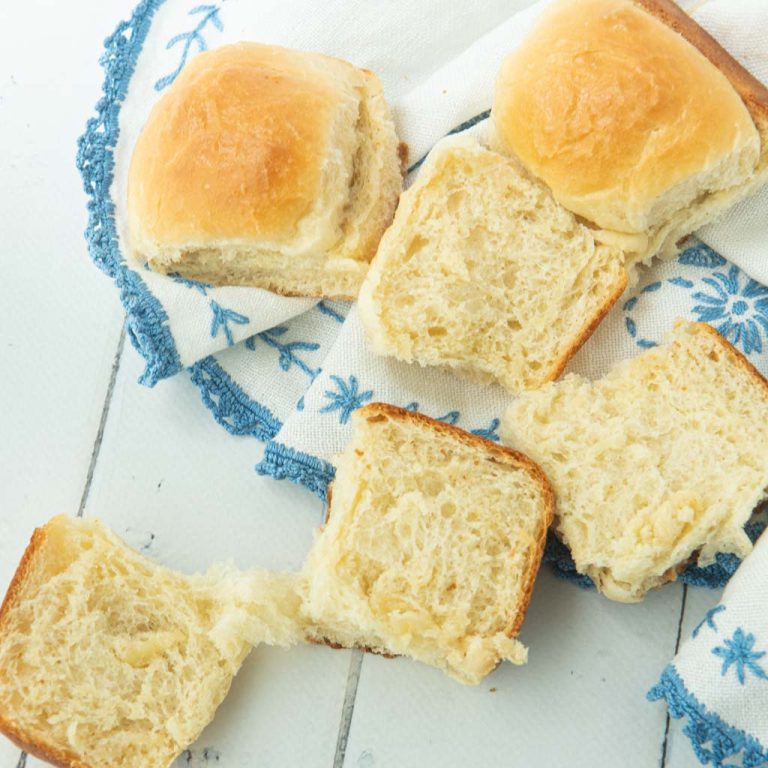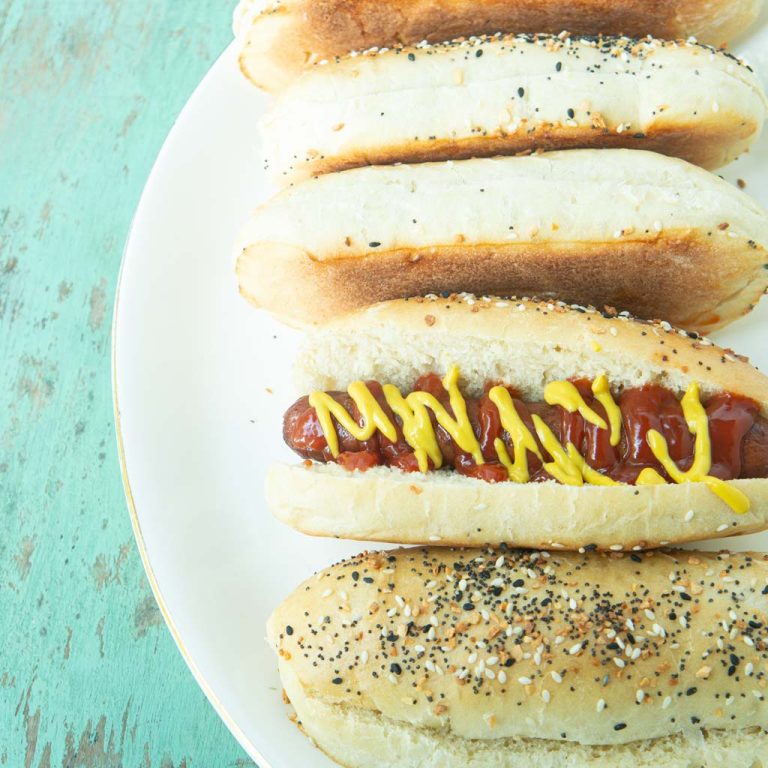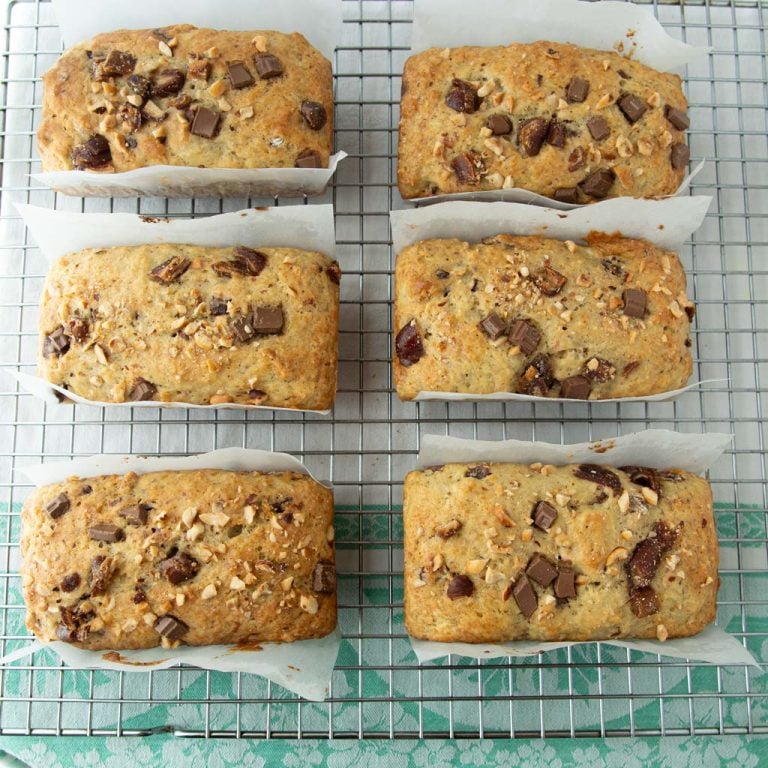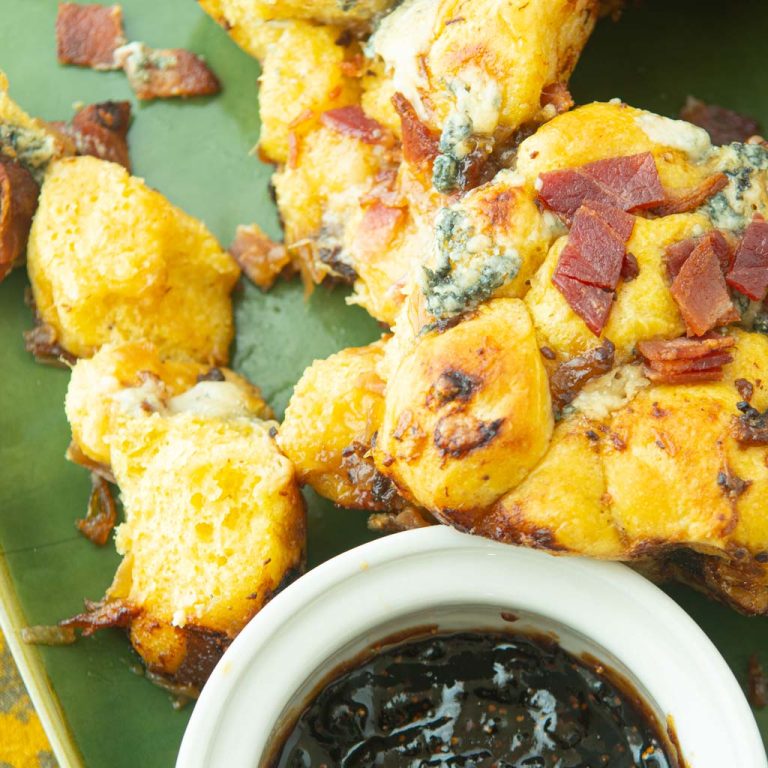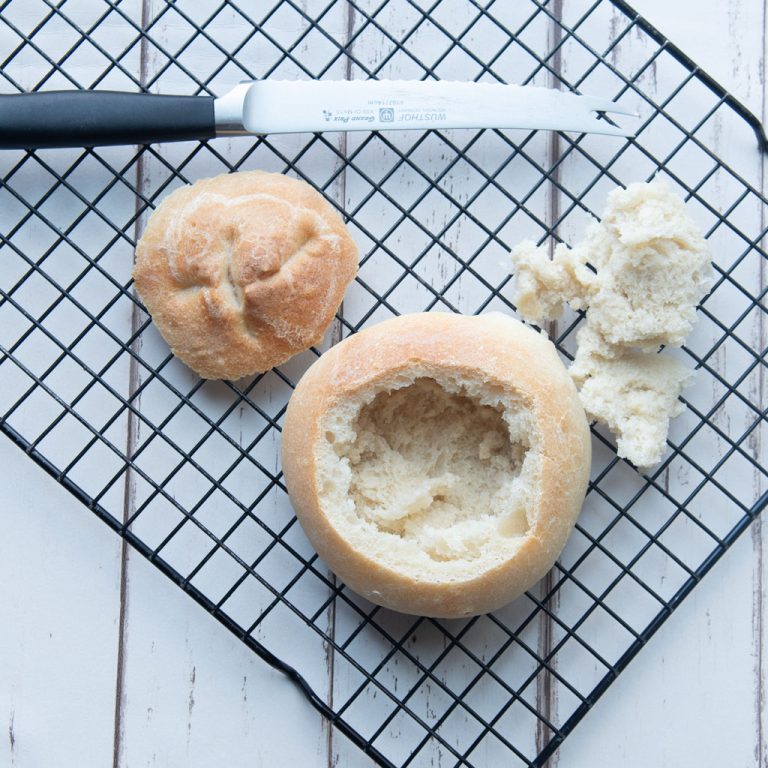The best krautburgers: a full meal in your hand for happy families
bakingwithtradition.com is a participant in the Amazon Services LLC Associates Program, an affiliate advertising program designed to provide a way for websites to earn advertising revenues by advertising and linking to recommended products. Some of the links below are affiliate links. This means that, at zero cost to you, I will earn an affiliate commission if you click through the link and finalize a purchase.
The best krautburgers are savory little pockets of soft yeast dough filled with sauteed beef and onions and cabbage and sauerkraut.
My kids literally cheer when they see me making them. I’m just glad that I’ve convinced them that sauerkraut is one of the true gifts of their heritage through these hand-sized pocket sandwiches. Hey, any time you can get your kids to eat cabbage is a win in my book!
Whether you call them krautburgers, bierocks or Runzas, these sandwiches with German-Russian roots that made their way to the Midwest are a great way to feed a lot of people.
You can make them ahead of time and freeze them. I tend to leave any of our leftovers covered in the fridge. From there, my boys will throw in a couple in the toaster oven for quick lunches.
Let’s talk a little bit about what krautburgers are, how you can streamline your krautburger making, then we’ll get into the recipe.
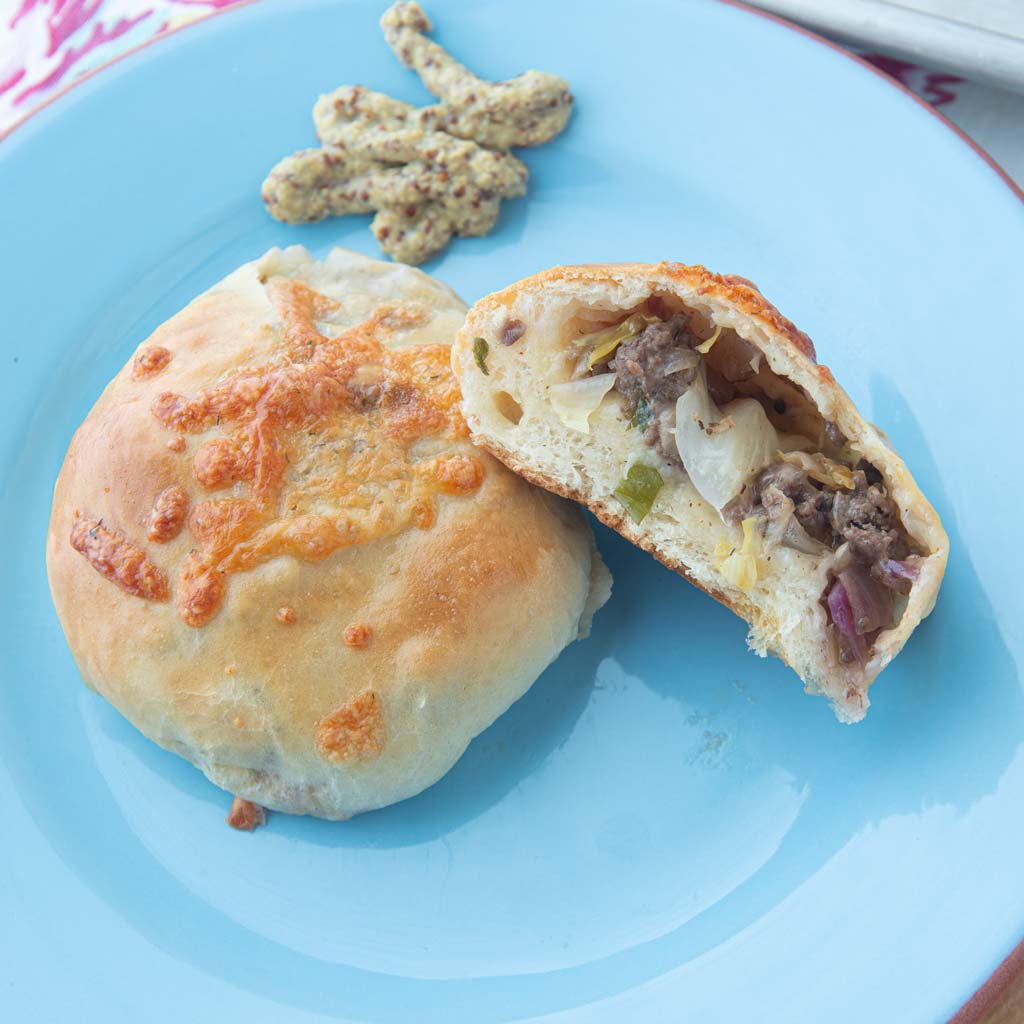
What is a krautburger?
What’s in it?
A krautburger is a sandwich filled with sauteed beef, onion, cabbage, sauerkraut and spices. The dough completely surrounds the filling, so they are great for taking anywhere.
If you’ve ever had an empanada or a Cornish pasty, krautburgers are definitely in a similar family of pocket pastries that hold all their filling. This makes them great for lunches since your filling won’t leak out in your lunchbox. We’re a baseball family, so come baseball season, I’m always looking for portable dinners. Krautburgers have become top of the list for me since it’s literally a full meal you can fit in your hand.
You say krautburger, I say bierock or Runza
Where I live in Colorado, we call these krautburgers. There’s a couple of local shops that make awesome traditional krautburgers.
That being said, I’m a Nebraska girl and in Nebraska, this type of pocket sandwich is a Runza named after the popular fast food joint. A Runza is slightly different than a krautburger in that they are typically oblong and not round and definitely larger than a krautburger.
Krautburgers are definitely more similar in size and shape to a bierock.
Bierocks are probably the pocket sandwich that came to the Midwest (notably Nebraska and Kansas).
The history of kraut burgers (also bierock, Runza)
The history of the bierock (aka krautburger aka Runza) goes to a group of Germans who settled in Russia in the 1700s. Many of these settlers were Mennonites in search of religious freedom. Catherine the Great offered them such freedom in exchange for agricultural work. These people then settled near the Volga river, and are often referred to as Volga Germans.
The work bierock is similar to the Turkish word Börek which means just a savory filled pastry. Through influence of the Ottoman empire, the Volga Germans likely developed their own idea of what a similar pastry might look like.
By the late 1800s and the first decade of the 1900s, the Volga Germans came to the Midwest, bringing their traditional foods with them. So weirdly enough, this pastry is not really known in Germany, but Midwesterners have been making them for generations at this point.
We’ve gone to baseball tournaments in Nebraska where a couple of the Moms (originally from Nebraska) will slip out at some point and buy bags upon bags of Runzas for the team. A friend at church told me that’s she’s been making Runzas for 40 years based on a recipe she learned in 4H.
Krautburger ingredients
- Dough: The best krautburger dough is a soft yeast dough. My dough is similar to my kolache dough, soft dough enriched with eggs, milk, and butter with just a touch of sweetness.
- Filling: sauteed beef , shallots, onions, then cabbage and kraut and green onions with spices. The green onions and shallots aren’t traditional but they round out the onion flavor and add some color.
- Sauerkraut: Homemade or are jarred fresh kraut, like Bubbies or fresh bagged kraut as from Cleveland Kitchen. Look for sauerkraut with ingredients listed as, “cabbage, water, salt,” and maybe some spices but nothing else.
- Spices: garlic, paprika, marjoram, allspice and pepper. You will not find the paprika, marjoram and allspice in most krautburger recipes, but my Czech mom has been making cabbage like this my entire life. You’ll add a layer of flavor you will not find in most krautburger recipes.
- Cheese: Cheese is a common addition in Runzas and for good reason. I usually make half my krautburgers with cheese and half without.
Kraut burger filling ideas beyond beef and cabbage
Add any of these to the base recipe for extra tastiness.
- Sauteed mushrooms
- Cheese: The type you choose can really change up the flavor. A good pepper jack will add some lovely spice. A good aged cheddar will give you more of a cheeseburger feel.
- Taco krautburgers: add sauteed bell peppers and onions, a spoonful of your favorite salsa.
- Bacon
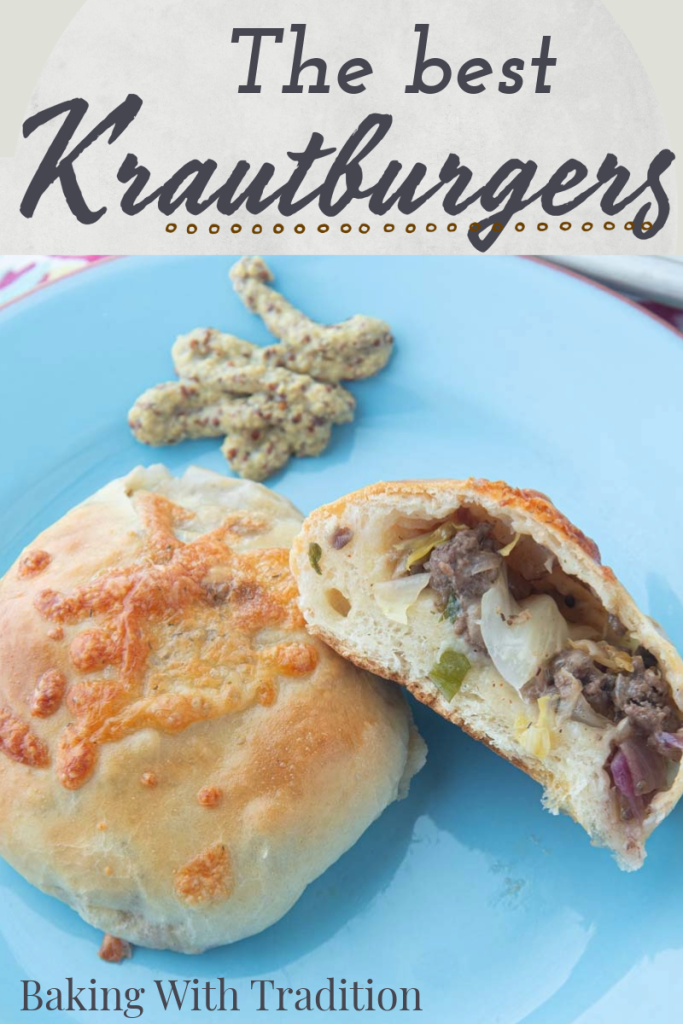
Can I make these ahead of time?
You can also make the filling ahead of time. Cover it in the fridge for up to 3 days.
From there, you can roll out cold dough and fill away fairly quickly. If you’re working with cold dough, simply cover the finished krautburgers and let them rise for about 20 minutes before baking to allow the dough to warm up a little bit.
How to store krautburgers
Store baked krautburgers covered with foil in the fridge for up to a week. For longer storage, freeze them on a sheet tray first, and then pop them into plastic bags. Remove as much air as possible when you do so. To warm them back up, cover them with foil and bake in a 325 oven until they’re warmed through in the center.
What to serve with krautburgers
Dips for krautburgers
- Mustard: Use your favorite here, but we always prefer either deli brown mustard or whole grain mustard.
- Ketchup: Burger is in the name of kraut burgers. I love ketchup with my ketchup when it comes to burgers.
- Burger sauce: Either mix up a combo of ketchup, mustard, pickles, and mayo or use a bottled burger sauces. Chik-fil-A sauce is a favorite in our house.
- Queso: that Taco version would be pretty great dipped into queso!
Salads to serve alongside
- Cucumber salad: Cucumbers sliced paper thin then dressed with vinegar, a pinch of sugar, salt and pepper and finely sliced purple onions and dill goes with nearly everything, and it’s a traditional favorite for Germans. I would happily eat this salad every day for the rest of my life.
- Green salad
- Potato salad
Tips for making krautburgers
- Make the filling ahead: Make your filling ahead of time, and pop it in the fridge. This not only saves you time, the cold filling is a little easier to fill the dough with.
- Use a measuring cup for filling: Use a measuring cup to scoop the filling into a neat mound on top of the dough. This will help you work neatly and quickly.
- Dome your hand: Once you stretch the dough around the filling, curve your palm upwards to form a little dome. Place the sealed side of the dough against your counter. Rotate the krautburger inside your hand dome to round off the edges.
- Don’t skip the egg wash: The egg wash helps the surface of the krautburgers look pretty and shiny.
How to make Krautburgers step by step in pictures
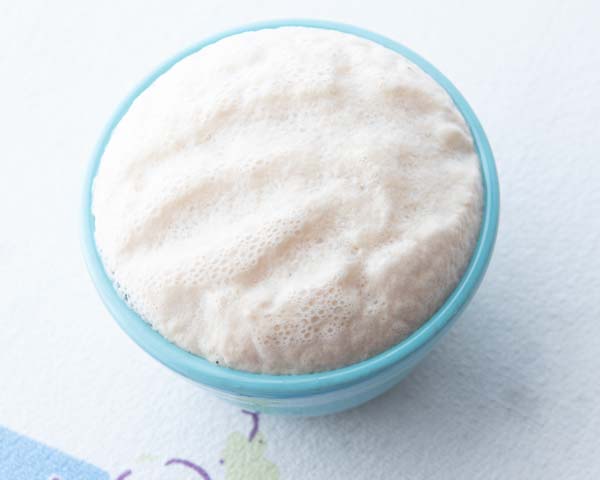
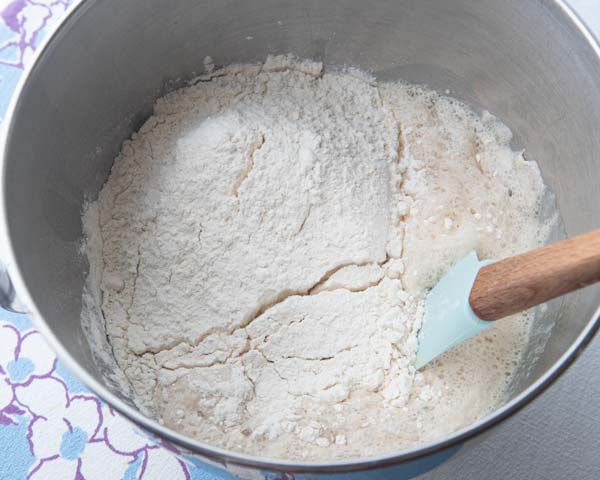
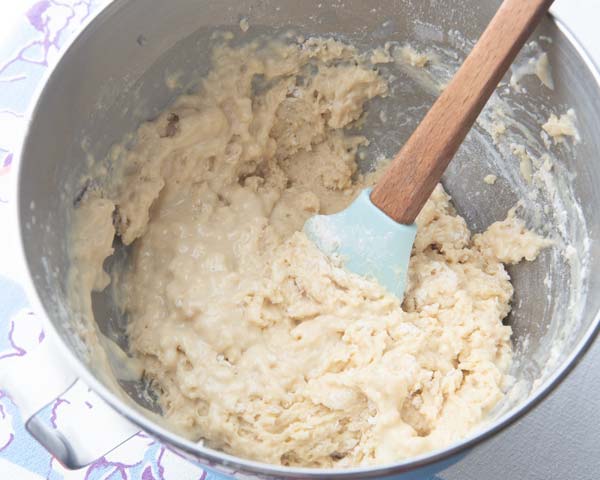
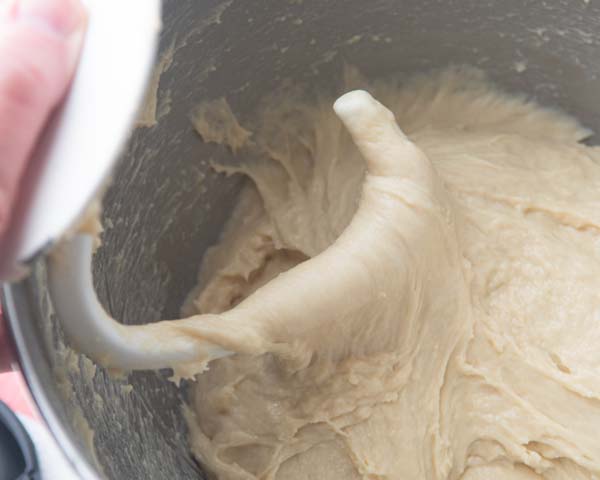
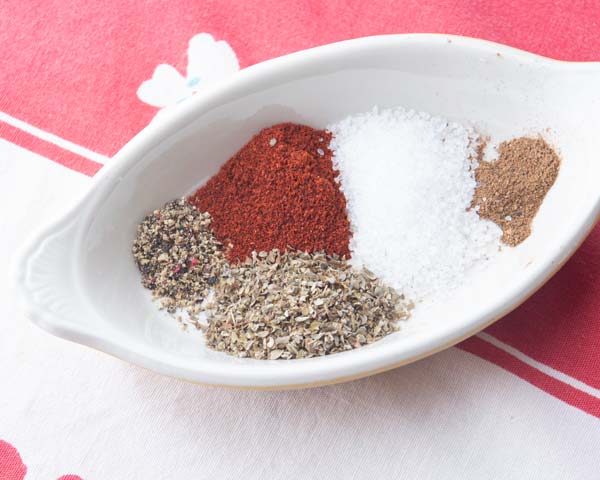
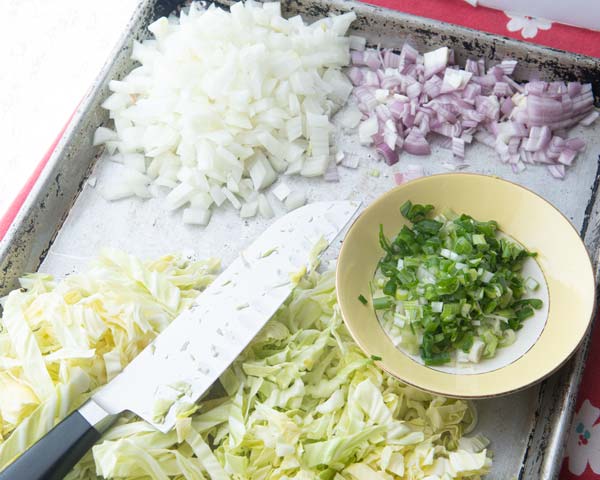
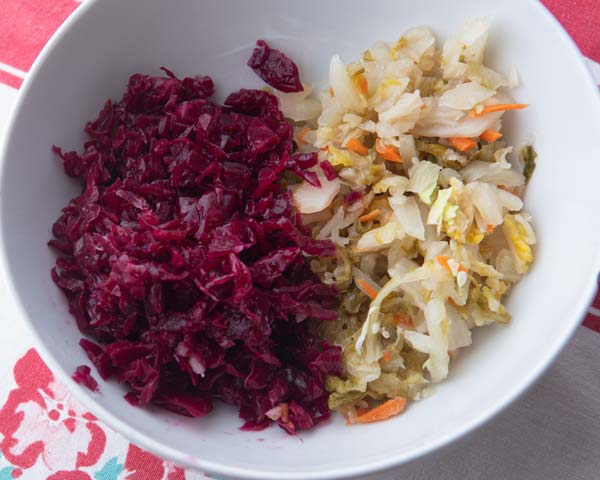
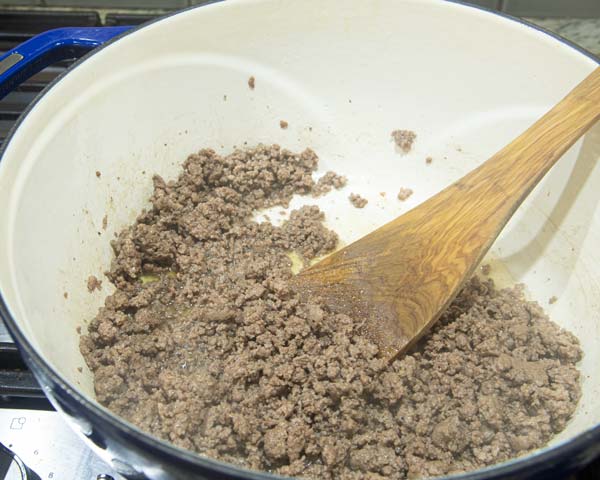
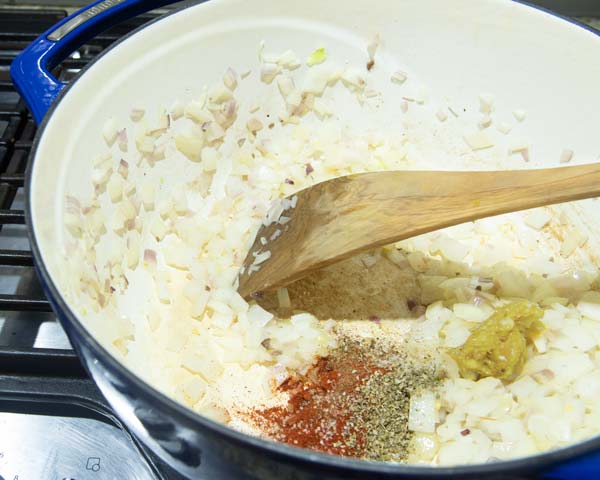
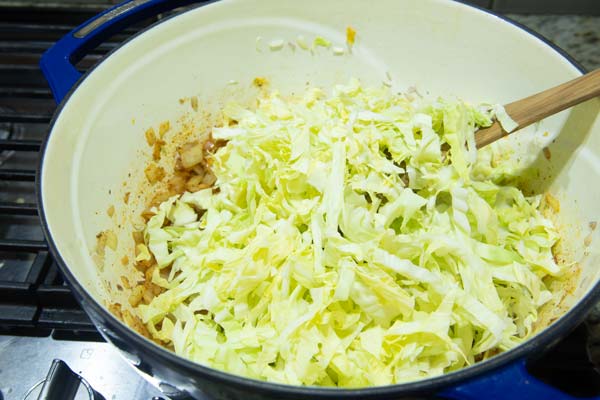
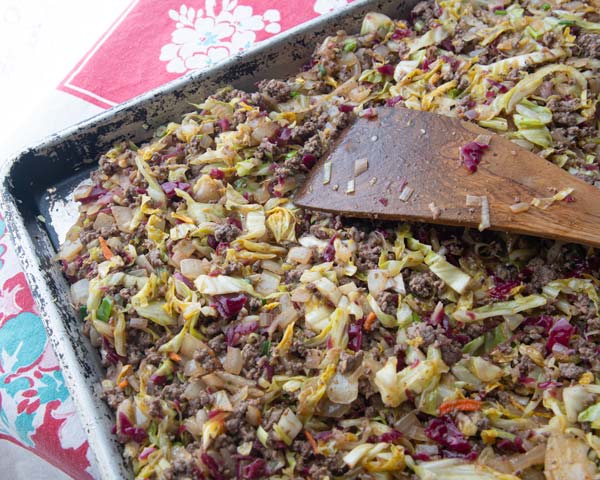
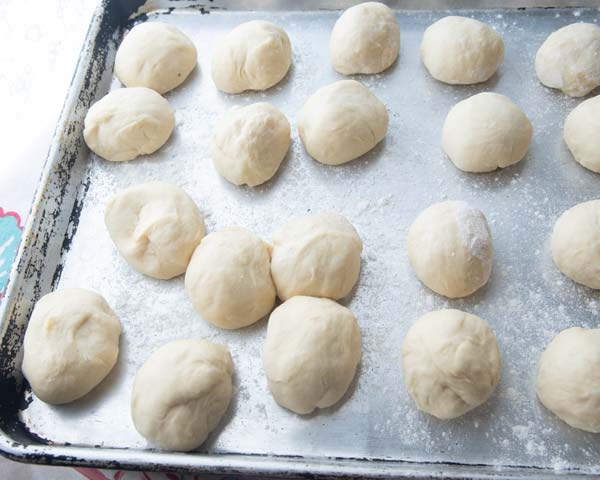
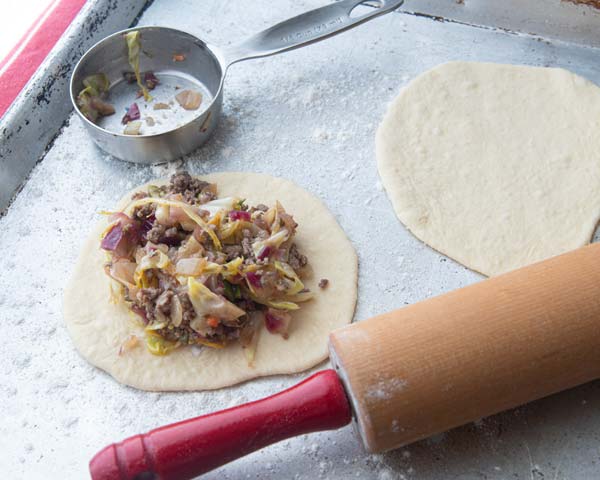
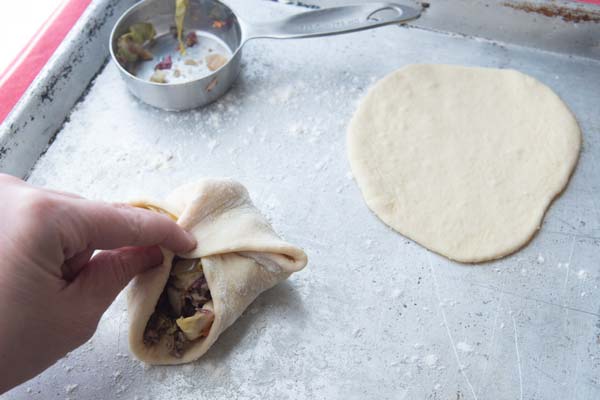
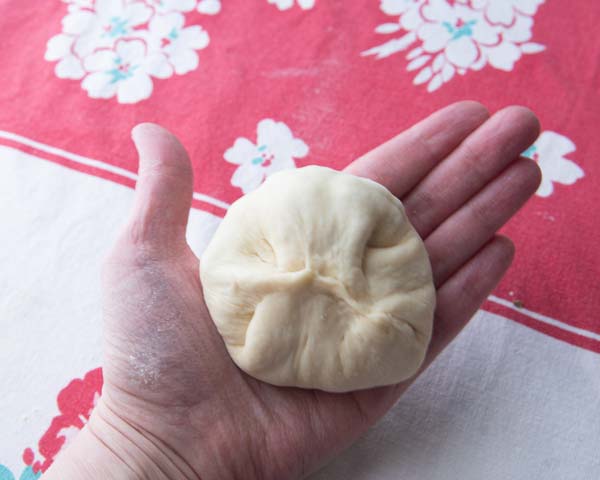
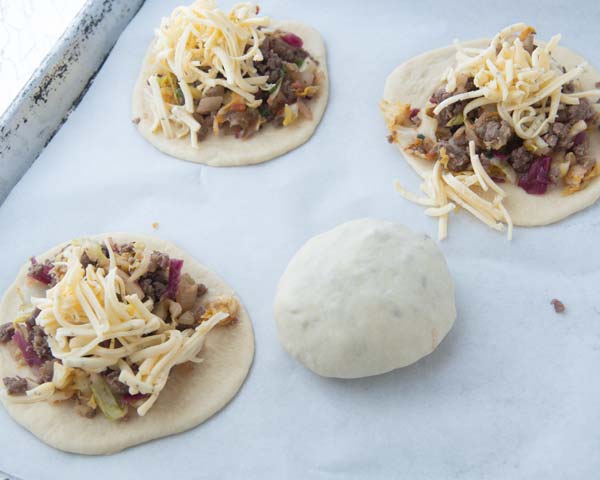
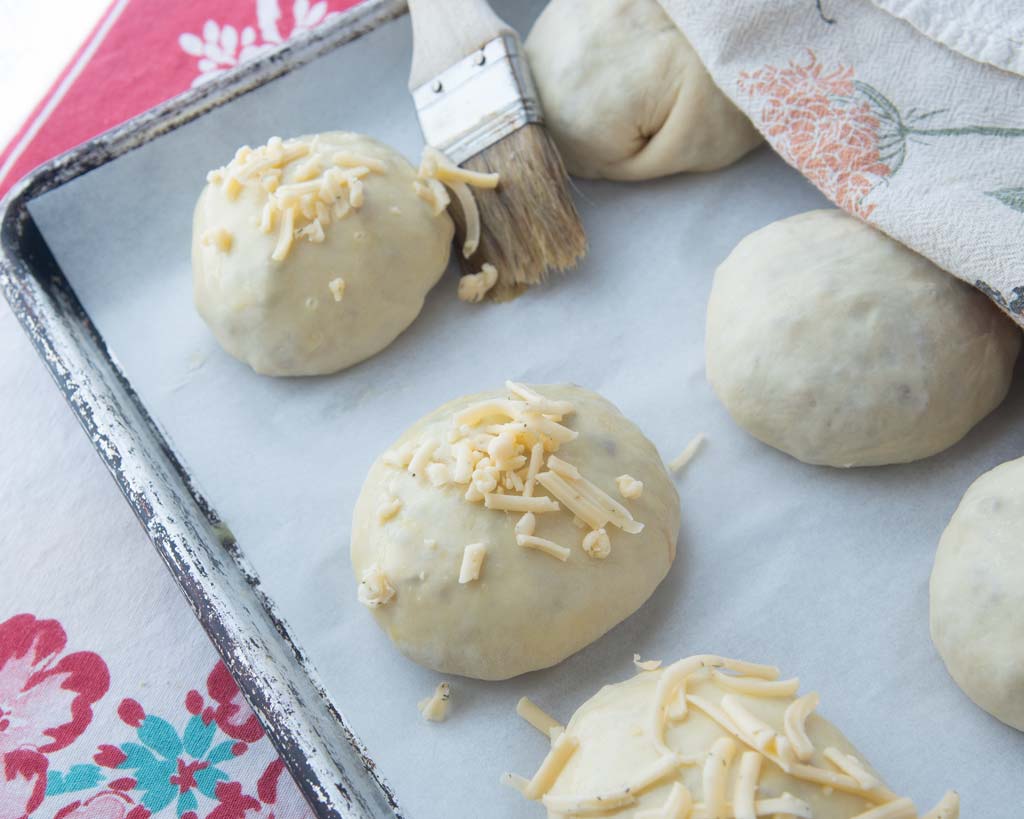
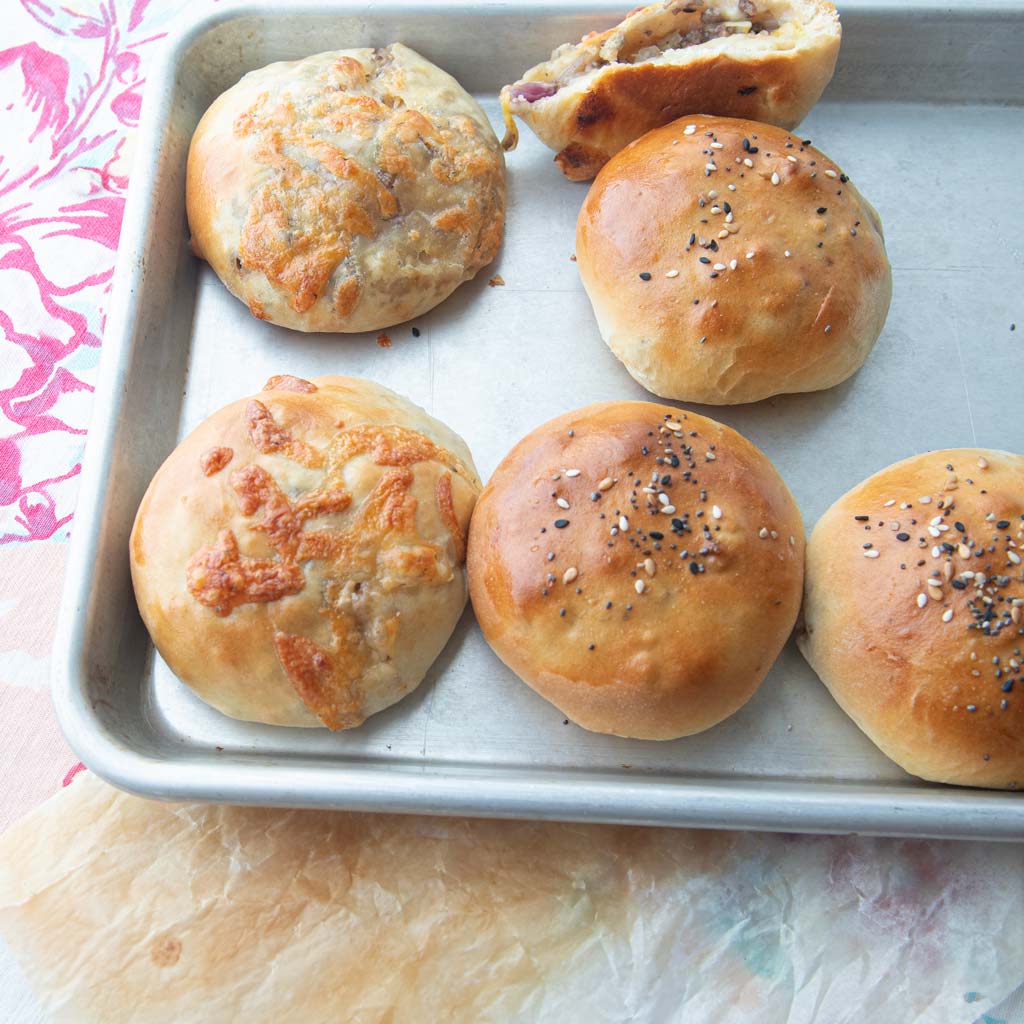

The best krautburgers
- Total Time: 2 hours 10 minutes
- Yield: 24 1x
Description
Soft yeast dough enveloping a savory filling of ground beef and cabbage with the punched up flavor that’s missing from most bierocks and Runzas.
Ingredients
Dough
- 1/4 cup warm water
- 2 tsp yeast
- 2 tablespoons sugar
- 1 cup milk (227 mL)
- 1/4 cup butter
- 2 eggs
- 1 tsp salt
- 3 1/2 cups flour (455 g)
Filling
- 1 tablespoon of bacon fat or olive oil
- 1 pound ground beef
- 1 small yellow onion, diced
- 1 large shallot, diced
- 3 cloves garlic, mince
- 1 tsp paprika
- 1 tsp dried marjoram
- 1/2 tsp ground black pepper
- 1/4 tsp ground allspice
- 2/3 of a head of green cabbage (about 500 g), shredded
- 1 and 1/4 tsp salt
- 1 and 1/2 cups homemade or fresh jarred sauerkraut (like Bubbie’s), drained
- 1 to 1 and 1/2 cups soft grated cheese such as havarti or Monterey Jack (optional)
Egg wash
- 1 egg white
- 1 tsp water
- Everything bagel seasoning (optional)
Instructions
To make the krautburger dough:
- Measure out the sugar, then sprinkle a pinch of it into a small bowl with the warm water and yeast. Stir to dissolve, then set aside for about 5 minutes until the yeast is foamy.
- Heat the milk in a small pan until you see bubbles at the edges. Cut up the 4 tablespoons of butter, then stir it into the hot milk to melt along with the rest of the sugar. When the butter is melted, crack in the eggs and beat them until you get a smooth mixture.
- Mix the flour and the salt in a large mixing bowl or a stand mixer, then make a well in the center. Pour the milk/butter mixture into the well, then the yeast mixture.
- Stir the ingredients with a wooden spoon to make a shaggy dough.
- For kneading, by machine, switch to the dough hook on a stand mixer and let the mixer run on low speed until you get a smooth, sticky, elastic dough, about 5 minutes To knead by hand: turn the dough onto a lightly floured surface, and use a bench scraper to slap the dough down, then bring the edges towards the center. Repeat this motion for 10 minutes, until you have a smooth, elastic dough. Resist the urge to add more flour. This should be a soft dough, and most of the stickiness will go away after the dough has risen.
- Cover the dough with plastic wrap and set aside to rise for 1 hour. Meanwhile, make the filling.
To make the krautburger filling:
- In a large skillet or dutch oven, melt the bacon fat over medium heat.
- Add the ground beef and allow to sear for a couple minutes, then use a spatula to break up the meat. Add in a little bit of your salt, then cook until the meat is no longer pink.
- Remove the beef to a plate or bowl with a slotted spoon.
- Add in the onion and shallot and move around the pan with the spatula until the onion is soft and translucent.
- Pop in the garlic, paprika, marjoram, pepper, and allspice and scrape around the pan for about 1 minute until you can smell the garlic.
- Throw the cabbage in and turn it to coat with the onions and spices briefly.
- Add in the rest of the salt and
- Cover the pan and cook for no more than 2-3 minutes. Taste the cabbage at this point. It should be crisp tender, but do not cook it further.
- Mix in the sauerkraut and green onions and cook for 1 more minute.
- Turn off the heat and spread out the filling to cool on a sheet tray in one layer.
Assembling the krautburgers:
- Preheat the oven to 375 F (190 C).
- Place parchment on 2 sheet trays.
- Divide the now soft and puffy dough into 24 pieces. Cover the dough to keep it from drying out as you work.
- Roll each piece into a little ball and set aside on a work surface. Keep them in order. By the time you finish rolling the last ball, the first ball will be ready to make into a krautburger.
- On a floured surface, roll a piece of dough into a circle about 4 1/2″ across.
- Using a measuring cup, scoop out 1/3 cup of the filling into the center of the flattened dough circle.
- If you’re using cheese, add in about 1 tablespoon of cheese on top the filling.
- Use your hands to pinch the edges of the dough into the center. This dough is very soft and forgiving, so it will pinch together easily.
- Turn the krautburger over, then turn it over on your work surface. Form your hand into a dome, then turn the krautburger around clockwise and few times. This will neaten up the edges and make a nice round shape.
- Place the finished krautburger on one of the prepared sheet trays. Continue making krautburgers, covering them with a tea towel or greased plastic wrap as you go. By the time you finish the last one, they’ll be ready to bake.
- Beat the egg white and water and brush all the krautburgers with egg wash. Sprinkle the tops with everything bagel seasoning if you like. If you’re using cheese, I like to sprinkle a little bit of cheese on top as well.
- Bake for 25 minutes until golden brown.
- Serve with whole grain mustard.
Notes
Make ahead and freeze: Assemble your krautburgers, then freeze the unbaked burgers on a parchment lined baking sheet in one layer. From here, transfer the frozen krautburgers into an airtight plastic bag and pop back into the freezer. You can freeze for up to 3 months.
To bake from frozen, increase the heat to 400 and bake for 30-35 minutes (that extra time will get to the center of the burger so you don’t bite into an ice cube!).
Reheating leftover krautburgers: To reheat your krautburgers, pop as many as you like onto a sheet tray and bake for about 10-15 minutes in a 350 F degree oven.
- Prep Time: 45 minutes
- Cook Time: 25 minutes
- Category: Breads
- Cuisine: German
Nutrition
- Serving Size: 1 krautburger
- Calories: 185
- Sugar: 1
- Sodium: 357
- Fat: 9
- Saturated Fat: 4
- Carbohydrates: 17
- Fiber: 1
- Protein: 8
- Cholesterol: 40
Have you tried krautburgers or runzas? What’s your favorite filling?

